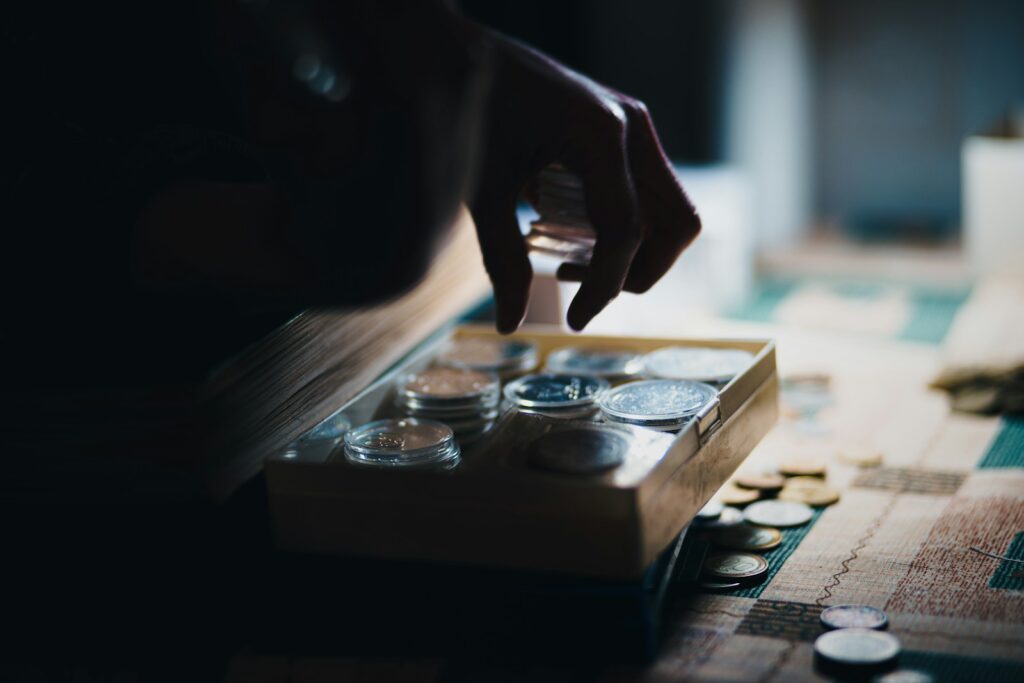If you love collecting rare coins, you know how exciting it can be to find a new addition to your collection. Rare coins bring together history, art, and the chance to make a smart investment. But there’s a downside—counterfeit coins are becoming more convincing, making it harder for collectors to avoid being tricked by fakes. To help you keep your collection genuine, this easy guide shows you practical steps and all the tools you’ll need to identify counterfeit coins, just like a professional. The Rise of Fake Coins With so many people interested in rare coins, scammers see an opportunity to make money by producing counterfeit versions. Today, it’s much easier for fraudsters to make fakes that even experienced collectors might miss. These fakes show up across the globe—on websites, at local coin shows, or sometimes hidden within old collections. That’s why learning to spot a fake is vital for serious coin enthusiasts. The Tools You Need for Authenticating Coins Before you start checking your coins, you’ll need a few helpful tools. Having the right equipment at hand makes all the difference when it comes to spotting tiny errors that signal trouble. Here are some must-haves for every collector: Stepwise Method for Identifying Counterfeit Coins 1. Take a Careful Look Begin by studying the coin both from afar and close up: 2. Verify with Measurements Genuine coins stick to standard sizes and weights: 3. Quick Magnet Check Most rare gold and silver coins are made from metals with no magnetic pull: 4. Listen with the Ping Test Precious metal coins make a unique ringing sound: 5. Direct Comparison with a Real One Having a certified, authentic version of a coin is extremely useful: 6. Ask for Expert Help If you still feel unsure: Advanced Techniques for Verifying High-Value Coins When your coins are worth a lot—or results are unclear—high-tech testing can help: Counterfeit Coins Often Found in the Market Knowing which types of coins frequently get imitated gives you an edge: Coin Type How They Are Faked Signs to Watch For Gold Bullion Coins Use of metal plating, heavy cores Weight, magnetic pull, failure on XRF test Silver Bullion Plating or using partially-cored insides Weight check, ping test, magnets Ancient Coins Created by casting, disguised patinas Differences in details/countour, aged look Modern Rarities Modified dies, switched numbers Sharp designs, clear edge lettering Warning Signs for Coin Buyers Best Steps for a Safe Coin Collection What to Do if You Find a Suspect Coin Final Thoughts Protecting yourself from fake rare coins takes time, care, and the right know-how. If you follow these steps—use the right tools, test sound and weight, and consult trustworthy dealers and grading companies—you’ll keep your collection safe and valuable. With careful learning and the help of experts when needed, you can enjoy collecting rare coins for years to come without worry. Stay careful, grow your expertise bit by bit, and have fun in the world of numismatics!
